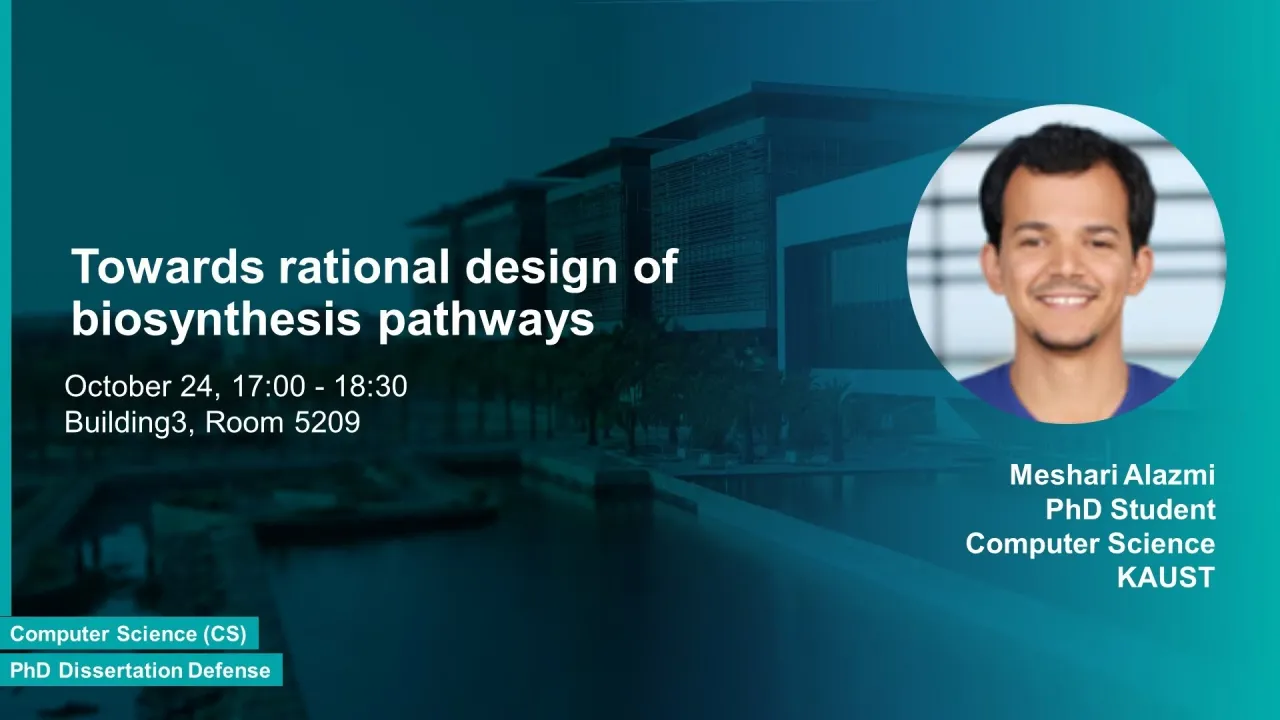
Towards rational design of biosynthesis pathways
Recent advances in genome editing and metabolic engineering enabled a precise construction of de novo biosynthesis pathways for high-value natural products. One important design decision to make for the engineering of heterologous biosynthesis systems is concerned with which foreign metabolic genes to introduce into a given host organism.
Overview
Abstract
Recent advances in genome editing and metabolic engineering enabled a precise construction of de novo biosynthesis pathways for high-value natural products. One important design decision to make for the engineering of heterologous biosynthesis systems is concerned with which foreign metabolic genes to introduce into a given host organism. Although this decision must be made based on multifaceted factors, a major one is the suitability of pathways for the endogenous metabolism of a host organism, in part because the efficacy of heterologous biosynthesis is affected by competing endogenous pathways. To address this point, we developed an open-access web server called MRE (metabolic route explorer) that systematically searches for promising heterologous pathways by considering competing endogenous reactions in a given host organism. MRE utilizes reaction Gibbs free energy information. However, 25% of the reactions do not have accurate estimations or cannot be estimated. To address this issue, we developed a method called FC (fingerprint contribution) to provide a more accurate and complete estimation of the reaction free energy.
To rationally design a productive heterologous biosynthesis system, it is essential to consider the suitability of foreign reactions for the specific endogenous metabolic infrastructure of a host. For a given pair of starting and desired compounds in a given chassis organism, MRE ranks biosynthesis routes from the perspective of the integration of new reactions into the endogenous metabolic system. For each promising heterologous biosynthesis pathway, MRE suggests actual enzymes for foreign metabolic reactions and generates information on competing endogenous reactions for the consumption of metabolites. These unique, chassis-centered features distinguish MRE from existing pathway design tools and allow synthetic biologists to evaluate the design of their biosynthesis systems from a different angle. By using biosynthesis in a range of high-value natural products as a case study, we show that MRE is an effective tool to guide the design and optimization of heterologous biosynthesis pathways.
The URL of MRE is http://www.cbrc.kaust.edu.sa/mre/.
Accurate and wide-ranging prediction of thermodynamic parameters for biochemical reactions can facilitate deeper insights into the workings and the design of metabolic systems. Here, we introduce a machine learning method, referred to as fingerprint contribution (FC), with chemical fingerprint-based features for the prediction of the Gibbs free energy of biochemical reactions. From a large pool of 2D fingerprint-based features, this method systematically selects a small number of relevant ones and uses them to construct a regularized linear model. Since a manual selection of 2D structure-based features can be a tedious and time-consuming task, requiring expert knowledge about the structure-activity relationship of chemical compounds, the systematic feature filtering step in our method offers a convenient means to identify relevant 2D fingerprint-based features. After comparing our method with state-of-the-art linear regression-based methods for the standard Gibbs free energy prediction, we demonstrated that our FC prediction accuracy and prediction coverage are preferred. Our results show direct evidence that a number of 2D fingerprints collectively provide useful information about the Gibbs free energy of biochemical reactions and that our systematic feature selection procedure provides a convenient way to identify those reactions. FC is freely available for download at http://sfb.kaust.edu.sa/Pages/Software.aspx.
Brief Biography
Meshari Alazmi received the BS and MS degrees in computer science from University of Hail and University of Missouri, respectively. He is a PhD student in Computational Bioscience Research Center, and CEMSE Division supervised by Prof. Xin Gao. His main areas of research include machine learning, bioinformatics, structural biology and systems biology.

